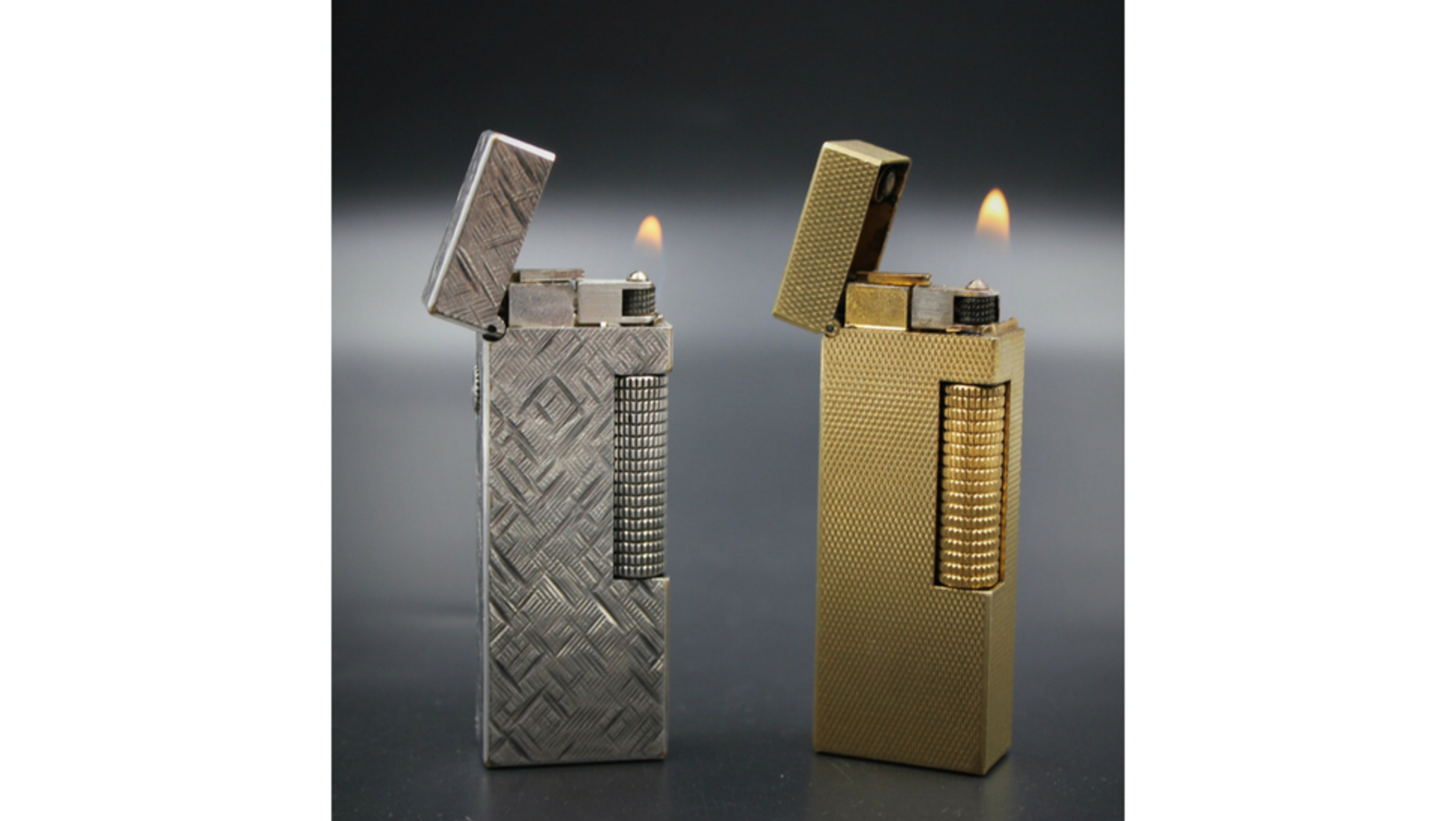

The flameless lighter is used in many environments such as prisons and detention facilities, oil and gas facilities, mental health facilities, nursing homes, airports and night clubs/restaurants. įlameless lighters are designed for use in any environment where an open flame, conventional lighters or matches are not permitted. Typical flameless heating elements are an electrically heated wire or an artificial coal. The flameless lighter uses an enclosed heating element which glows, so that the device does not produce an open flame. Flameless lighter Ī flameless lighter is a safe alternative to traditional lighters. An advantage over other naphtha lighters is that the fuel compartment is sealed shut with a rubber o-ring, which slows or stops fuel evaporation. The flame is extinguished by blowing it out before screwing the "match" back into the shell, where it absorbs fuel for the next use. Its concealed wick catches fire, resembling a match. The fuel-saturated striker/wick assembly is unscrewed to remove, and scratched against a flint on the side of the case to create a spark. This "metal match" is stored screwed into the fuel storage compartment: the shell.

The arc is then applied to a flammable substance to cause ignition.Ī permanent match lighter with the metal 'match' leaning against the shellĪ typical form of lighter is the permanent match or everlasting match, consisting of a naphtha fuel-filled metal shell and a separate threaded metal rod assembly-the "match"-serving as the striker and wick. The spark in such lighters is almost always produced by an electric arc (as seen below), but some jet lighters burn with incomplete combustion.ĭisadvantages to the jet lighter include a "roaring" noise in operation, as well as higher fuel consumption.Īrc lighters use a spark to create a plasma conduit between electrodes, which is then maintained by a lower voltage. Other types Jet lighter Īs opposed to lighters of the naphtha or standard butane type (whether refillable or disposable), which combust incompletely and thus create a sooty, orange "safety" flame, jet lighters produce a blue flame that in some cases is almost invisible and invariably burns at a far higher temperature. An electric spark starts the initial flame, and soon the coil is hot enough to cause the fuel–air mixture to burn on contact. Instead, windproof lighters mix the fuel with air and pass the butane–air mixture through a catalytic coil. The windproof capabilities are not achieved from higher pressure fuel windproof lighters use the same fuel (butane) as standard lighters, and therefore develop the same vapour pressure. Such lighters are often far hotter than normal lighters (those that use a "soft flame") and can burn in excess of 1,100 ☌ (2,010 ☏). Some dedicated models double as synthetic rope cutters. Specialized "windproof" butane lighters are manufactured for demanding conditions such as shipboard, high altitude, and wet climates. The high energy jet in butane lighters allows mixing to be accomplished by using Bernoulli's principle, so that the air hole(s) in this type tend to be much smaller and farther from the flame. Ī metal enclosure with air holes generally surrounds the flame, and is designed to allow mixing of fuel and air while making the lighter less sensitive to wind. The spark ignites the flammable gas causing a flame to come out of the lighter which continues until either the top is closed (naphtha type), or the valve is released (butane type). Butane lighters combine the striking action with the opening of the valve to release gas. In naphtha lighters, the liquid is sufficiently volatile, and flammable vapour is present as soon as the top of the lighter is opened. Schematic diagram of a lighter's inside workingsĪ spark is created by striking metal against a flint, or by pressing a button that compresses a piezoelectric crystal ( piezo ignition), generating an electric arc.

This lighter worked by passing flammable hydrogen gas, produced within the lighter by a chemical reaction, over a platinum metal catalyst which in turn caused it to ignite and give off a great amount of heat and light. This is useful for soldiers on campaign.” One of the first lighters was invented by a German chemist named Johann Wolfgang Döbereiner in 1823 and was often called Döbereiner's lamp. When struck just like a firearm wheel the wood bursts into flame. In 1662 the Turkish traveller Evliya Çelebi visited Vienna as a member of an Ottoman diplomatic mission and admired the lighters being manufactured there: “Enclosed in a kind of tiny box are tinder, a steel, sulphur and resinous wood. The first lighters were converted flintlock pistols that used gunpowder.


 0 kommentar(er)
0 kommentar(er)
